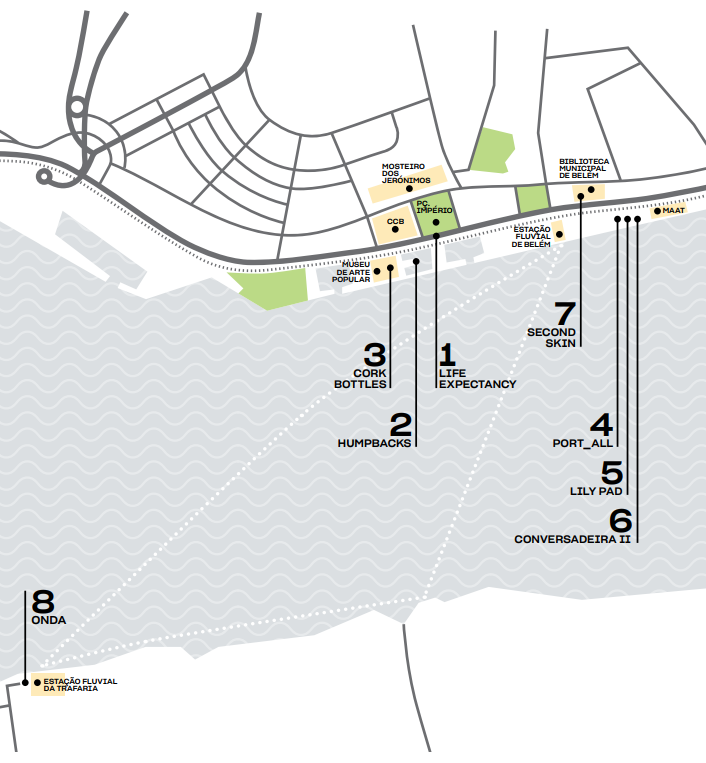arts
Cork and the city
'City Cortex' explores the use of this raw material in contemporary urban contexts
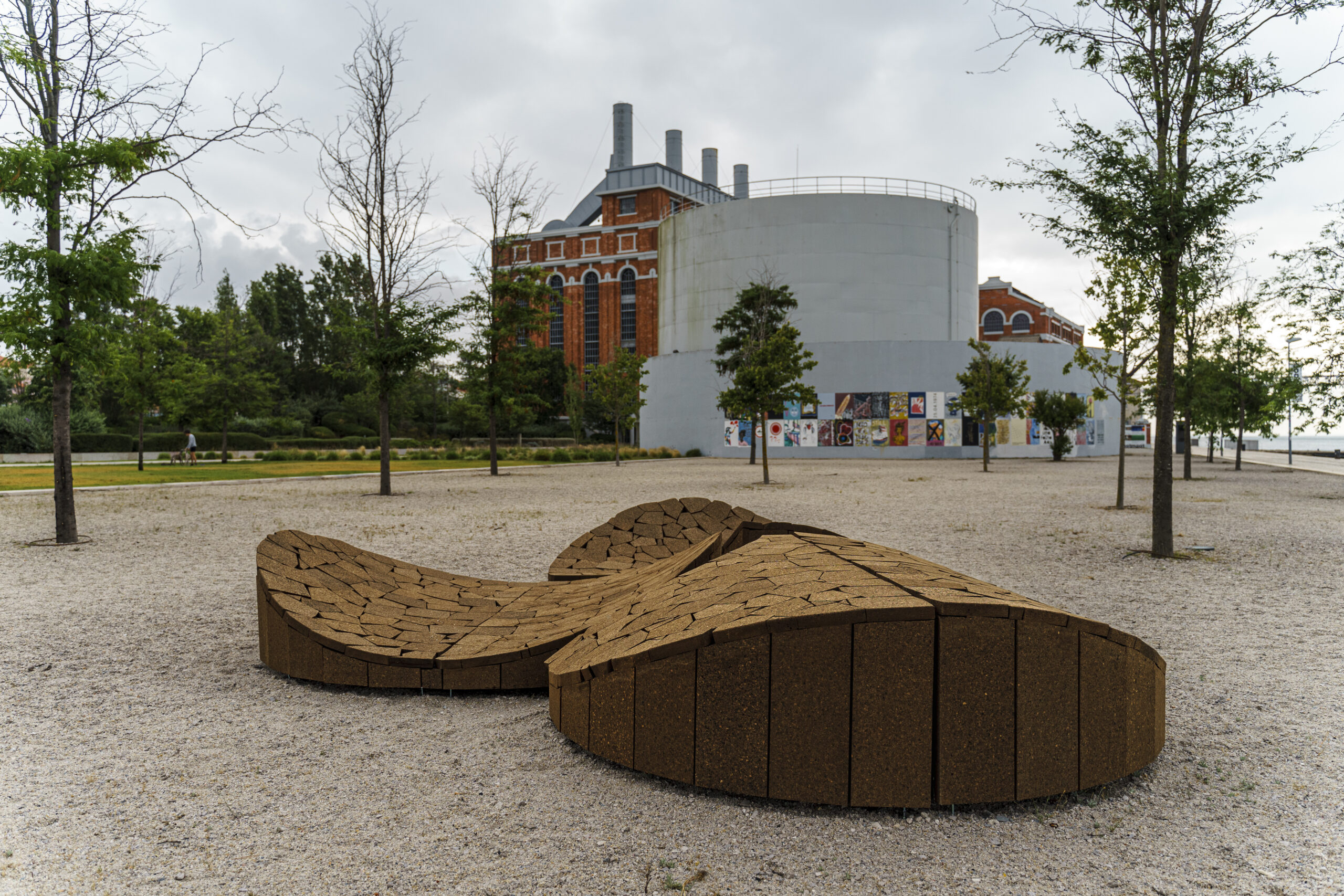
Exploring the use of cork, one of the most versatile and sustainable raw materials that nature offers, in contemporary urban contexts, is the main objective of City Cortex. This is a cultural research program that sees the city as a living and dynamic organism, with social cohesion, comfort and well-being, participation, security, sustainability and resource management as central concerns.
In order to inspire innovative thinking and offer a positive, useful contribution to our experience of living as a community and interacting with the natural world, City Cortex invited six internationally recognized architects and design studios – Diller Scofidio + Renfro, Eduardo Souto de Moura , Gabriel Calatrava, Leong Leong, Sagmeister & Walsh and Yves Béhar – to create eight original cork projects for public and semi-public spaces on both banks of the Tagus river.
Produced by Corticeira Amorim, with the production support of Artworks, curated by Guta Moura Guedes and developed by experimentadesign, City Cortex took as its starting points the parishes of Belém, in Lisbon, and Trafaria, in Almada. The invited studios reinvented and tested the possibilities of Portuguese cork and its processing industry. In addition to exploring the potential of the material itself, this programme also strives for a playful user experience, transforming the communal urban space into a playground, a space for multidisciplinary and multicultural interactions.
To visit this open-air museum, we suggest the following route:
Start in Belém, at Praça do Império. As you cross the Pedestrian tunnel to Padrão dos Descobrimentos, look up and see the first installation by Sagmeister & Walsh (1). Go towards the river and turn right to Espelho d’Água, where you can find another intervention by this duo, floating in the water (2). Next to it is the Museum of Popular Art. Inside you will find the third installation of Sagmeister & Walsh (3). Go back close to the tunnel and, staying on the river side, walk to the MAAT gardens, where there are the installations of Yves Béhar (4), Leong Leong (5) and, a little further on, Souto de Moura (6).
Take the pedestrian bridge on the MAAT roof and then the first exit on the left. Go down the small street and find the garden with interventions by Diller Scofidio + Renfro (7). Continue along Rua da Junqueira, cross the Museum Nacional dos Coches and use its pedestrian bridge to reach the Tagus river bank again. Opposite is the Belém Ferry Terminal: take the boat that takes you to Trafaria to see Gabriel Calatrava’s intervention (8).
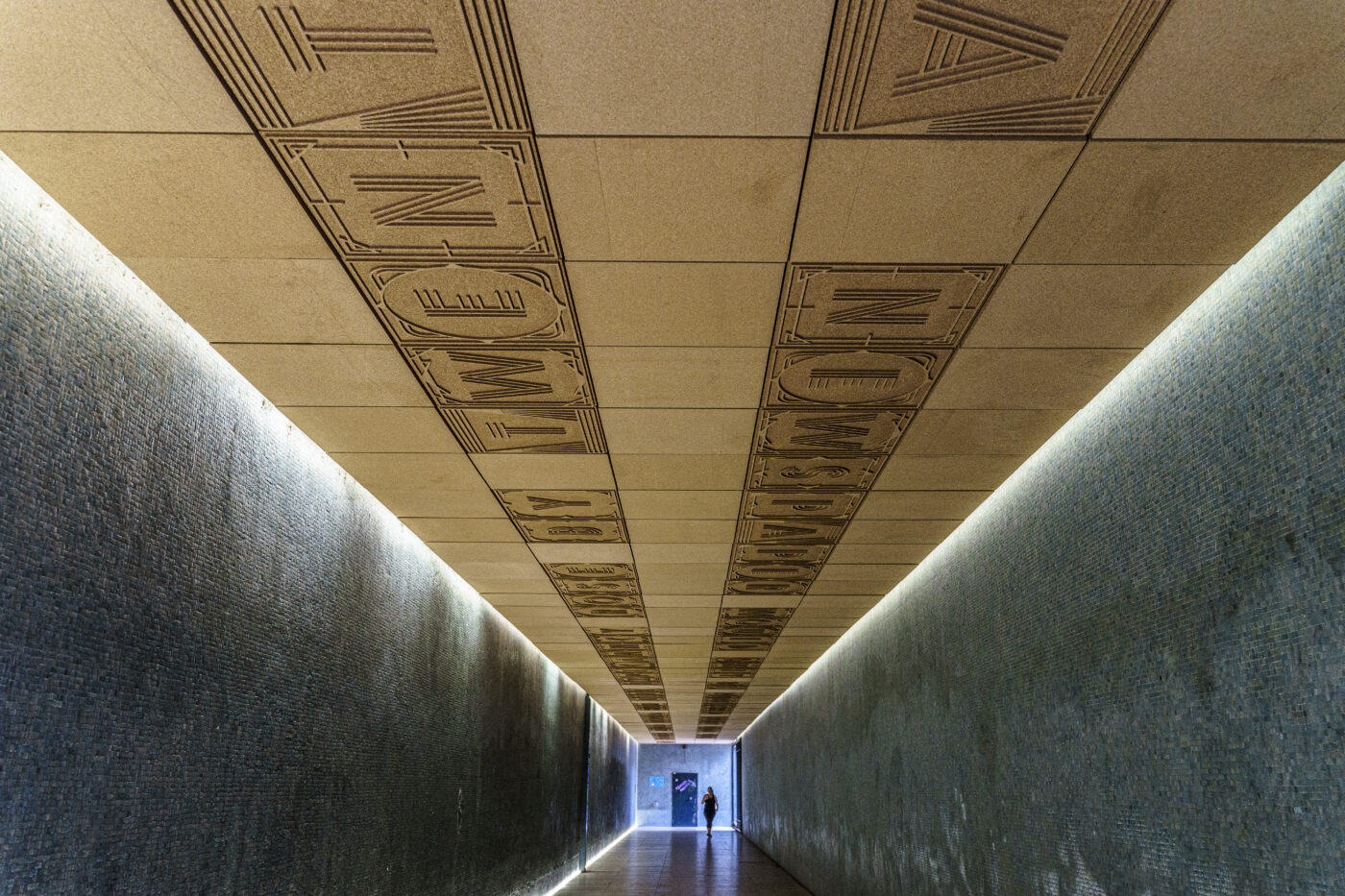
1 – Life Expectancy | Sagmeister & Walsh
Taking advantage of cork’s sound and thermal insulation properties, designers Sagmeister & Walsh designed panels in this material for the tunnel ceiling, transforming the space and providing a better sound atmosphere and aesthetic experience. But there is also a communicational and inspiring aspect to this installation: the phrase that can be read on cork, “if a newspaper came out only every fifty years, it would report on the increase in average life expectancy by twenty years”, refers to one of the positive achievements of the human species.
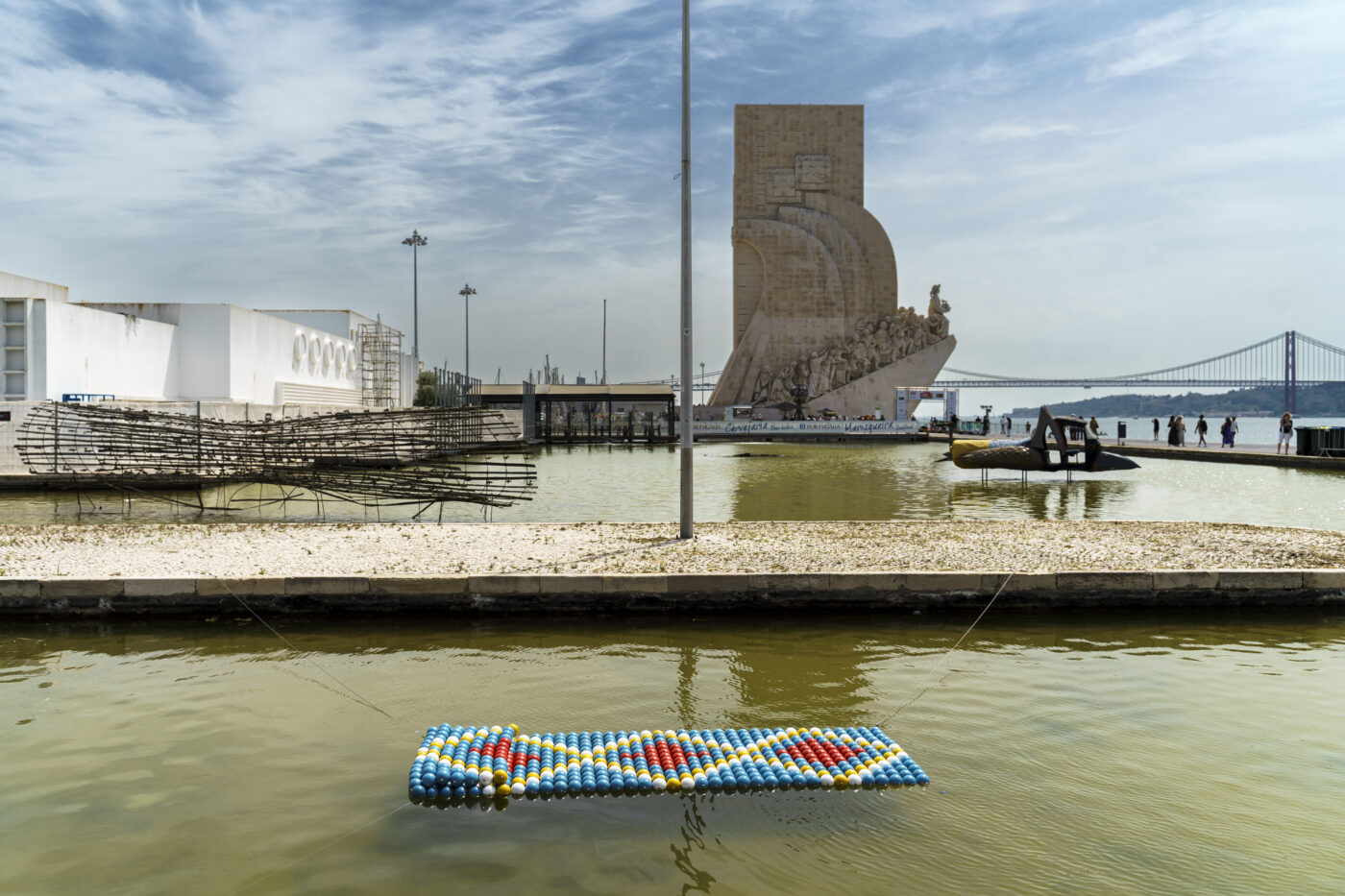
2 – Humpacks | Sagmeister & Walsh
As areas of the city tend to have places to interact with water, the New York designer duo created an ecological floating mattress made from cork spheres and presented as an alternative to plastic mattresses. The color red in this piece represents statistical data on the growth of the global humpback whale population in three years, 2006, 2014 and 2022, in the western South Pacific.
[piece temporarily unavailable due to works on the lake where it is located]
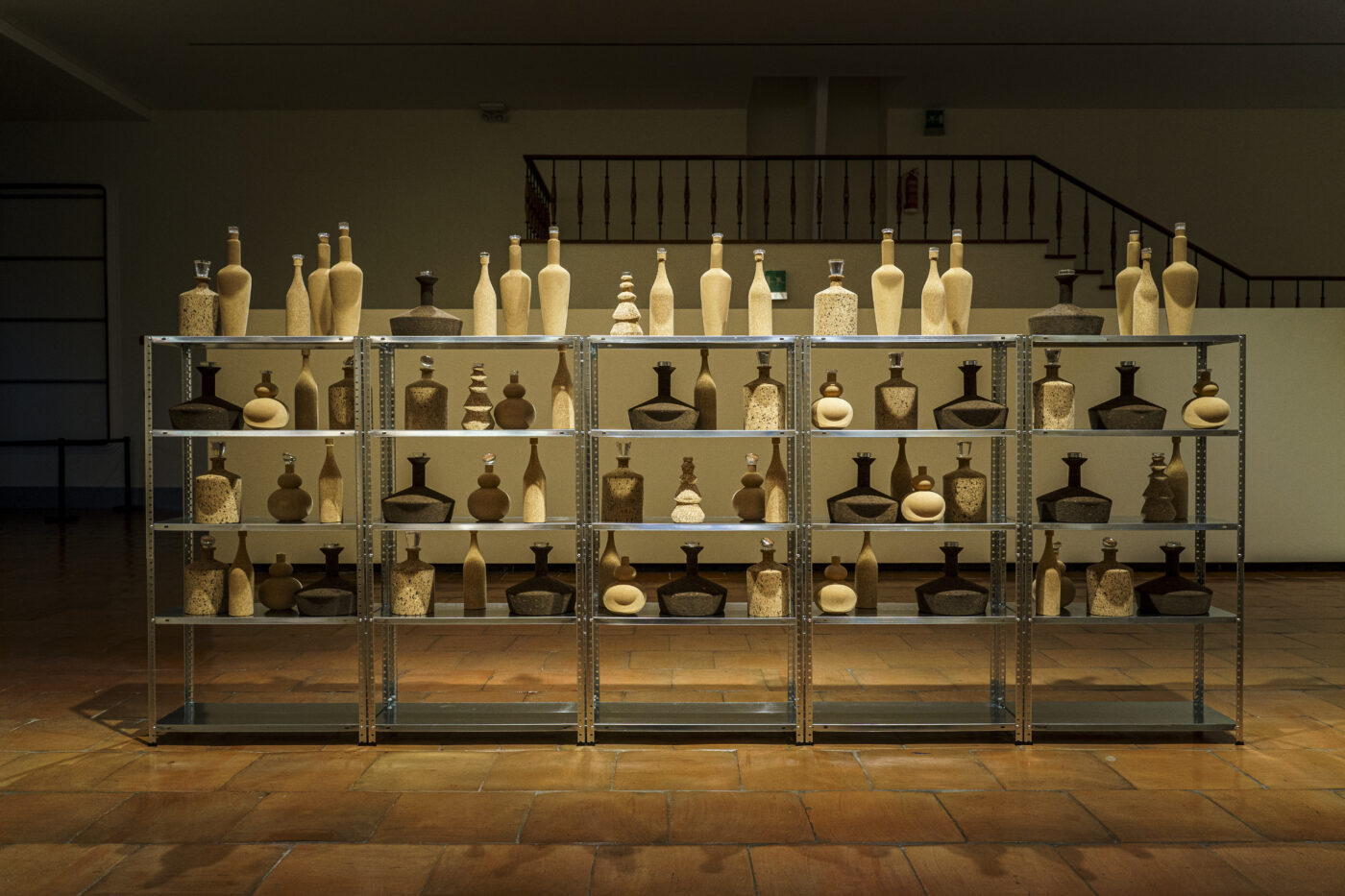
3 – Cork Bottles | Sagmeister & Walsh
Noise pollution in public or semi-public spaces continues to be one of the problems in contemporary cities. Addressing, with a sense of humor, the issue of noise inside a restaurant, the designers created a series of bottle-shaped objects, but inverting the materials – glass is now cork and vice versa. These creations allow you to absorb sound and create acoustic control in these internal spaces.
[the piece can be visited with paid entry at the Museum of Popular Art]
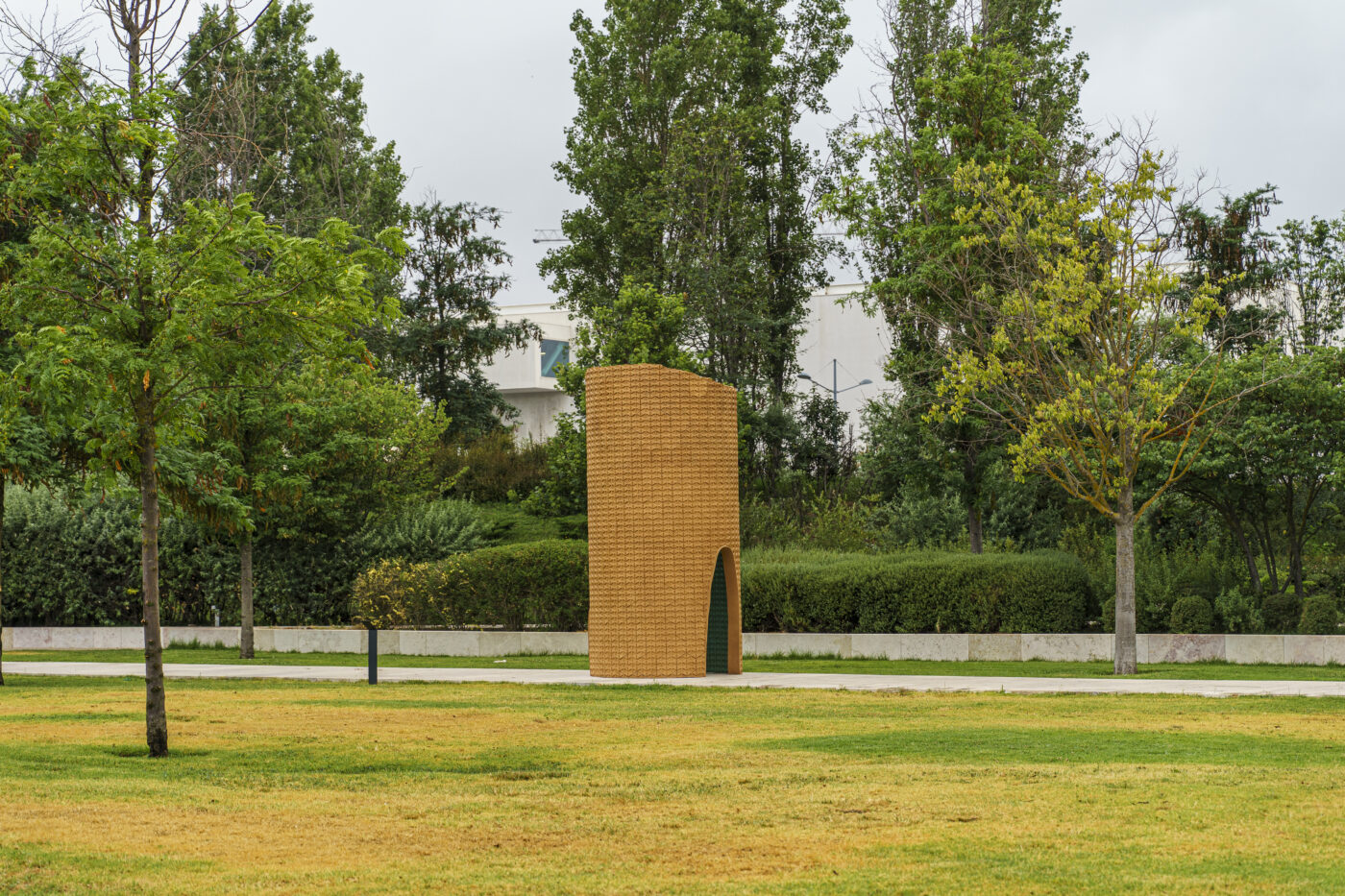
4 – Port_All | Yves Béhar
Inspired by the Belém Tower, Yves Béhar’s installation “is based on the idea of a welcoming reception and a protective space. And cork is the perfect material to express these qualities”, says the Swiss designer. This natural material allows isolation from surrounding sounds, creating an interiorized, calm space, in which materials and form combine to create a welcoming gateway to the city.

5 – Lily Pad | Leong Leong
“Our project reflects on the hypothesis that urban equipment is made from cork. It’s a way of softening the harshness of the city’s landscape, taking into account the different demands of each body to feel comfortable in urban spaces”, says Dominic Leong, from the New York architecture and design studio Leong Leong. Inspired by the idea of the city as a play and recreational space, Lily Pad uses a natural cork agglomerate to create sculptural elements that define a new sensorial and micro-urban landscape for an audience of all ages.
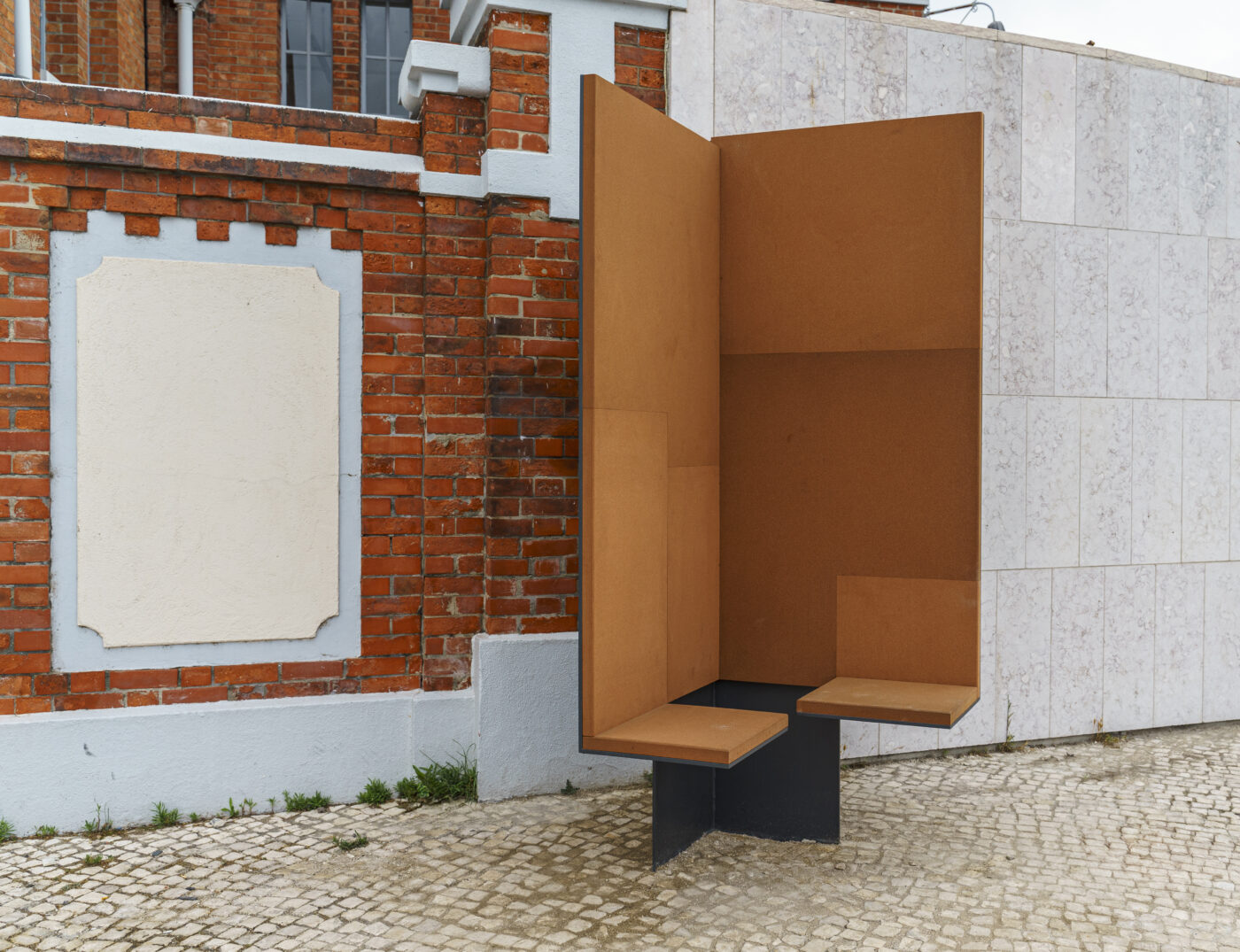
6 – Conversadeira II | Eduardo Souto de Moura
Conversadeira II is a double chair, a place for a conversation or for sharing silence. The Portuguese architect uses cork to create an environment of calm and refuge, enabling a meeting between two individuals and creating an almost private space in a place where hundreds of people pass by. For Souto de Moura, “this prototype will act as a test to see its behavior, which we already know is highly resistant and insulating, against time and use.”
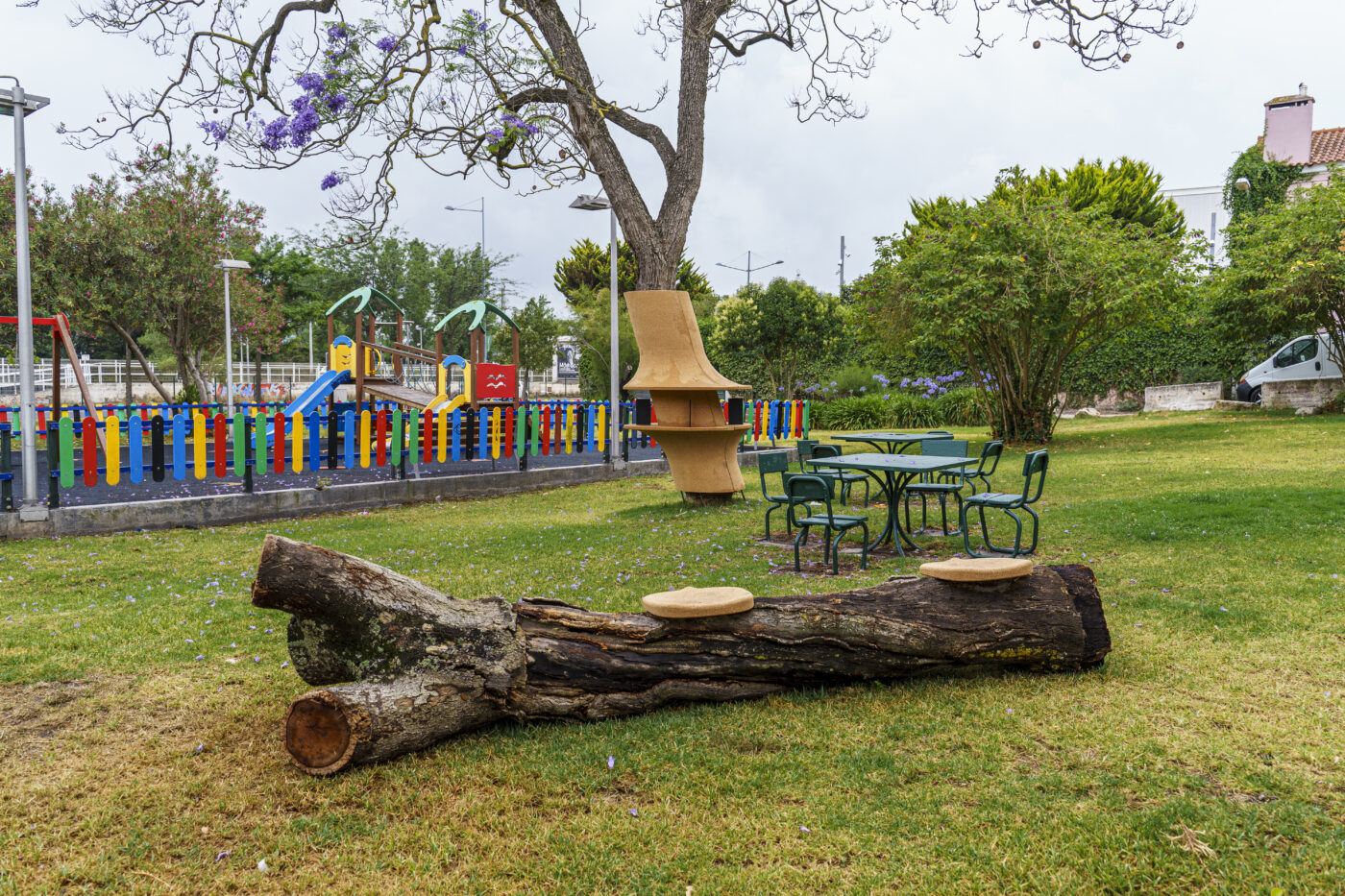
7 – Second Skin | Diller Scofidio + Renfro
Focusing on the importance of reading and literacy, as well as the relevance of green spaces in cities, the New York studio used cork to build a small outdoor community library. The installation, which “explores the natural sustainability potential of cork in an urban context”, creates a second skin of cork that wraps around the tree trunks, creating shelves and benches, surprising and inviting the public to sit, read and learn.
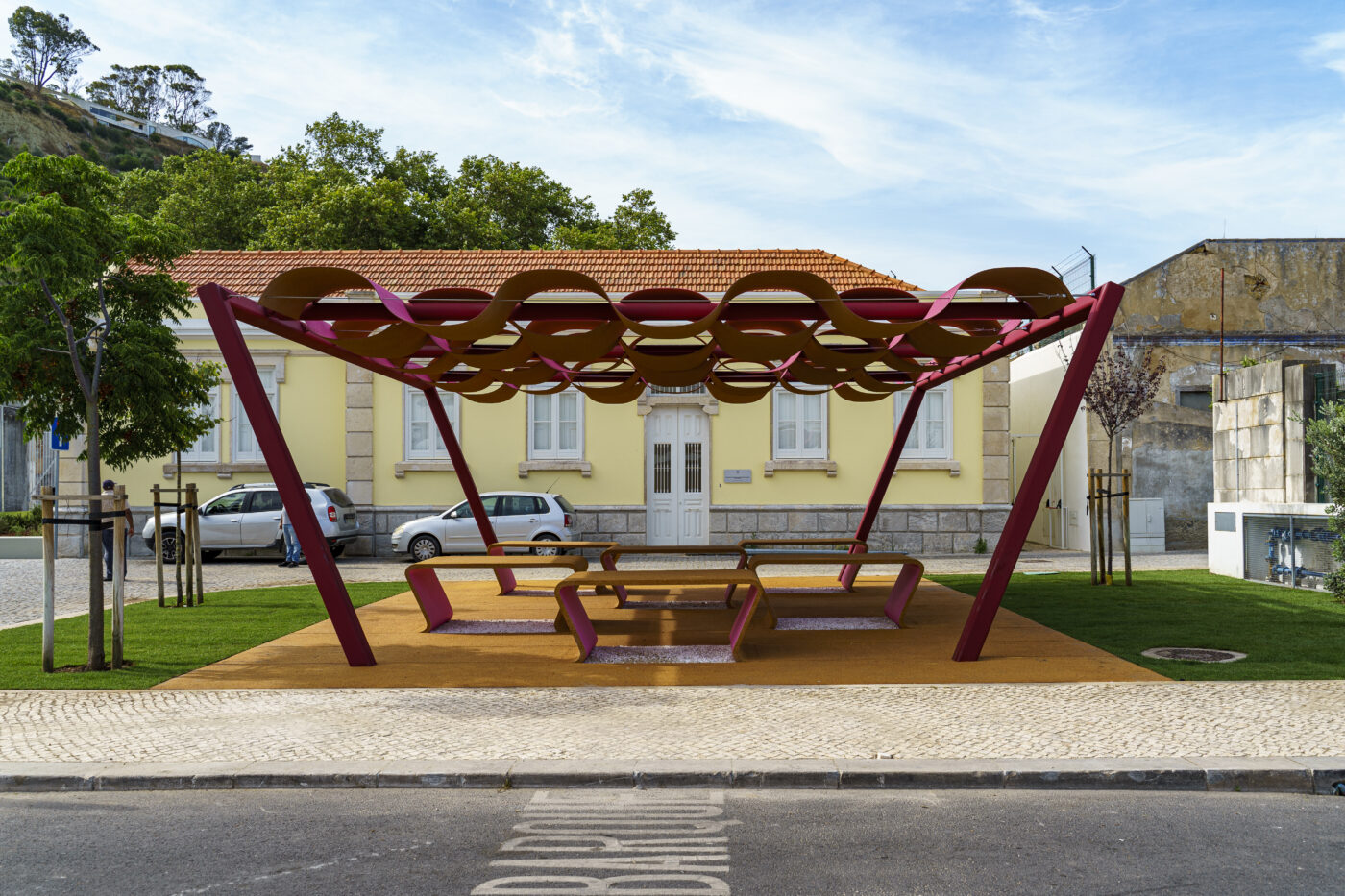
8 – Onda | Gabriel Calatrava
There are many cities that have empty, abandoned or underused urban spaces that potentially have great value for the community. Architect and engineer Gabriel Calatrava and the CAL collective created Onda, “with the aim of reinforcing the location’s emerging identity as a community that values its public spaces and the promotion of civic life”. Using cork as a central component of an occupation system, whether temporary or permanent, Onda aims to activate the encounter and coexistence of the local community and visitors to Trafaria.
